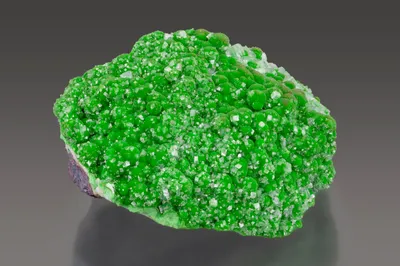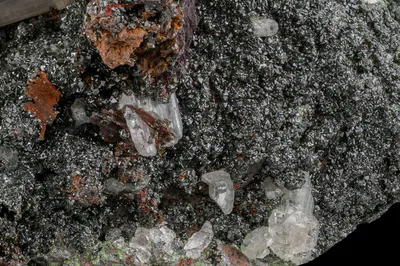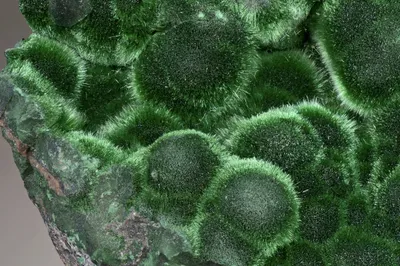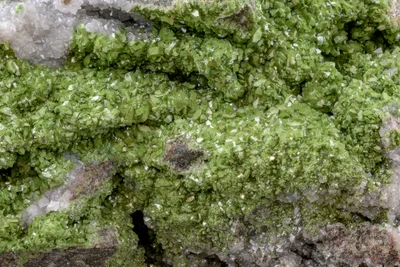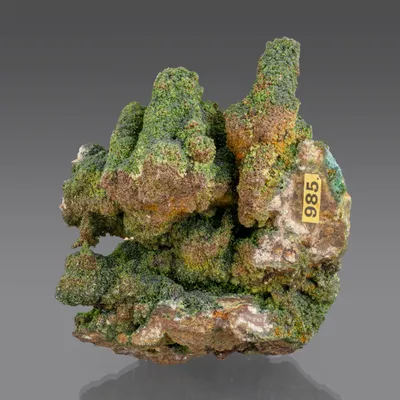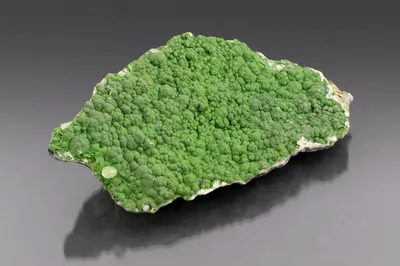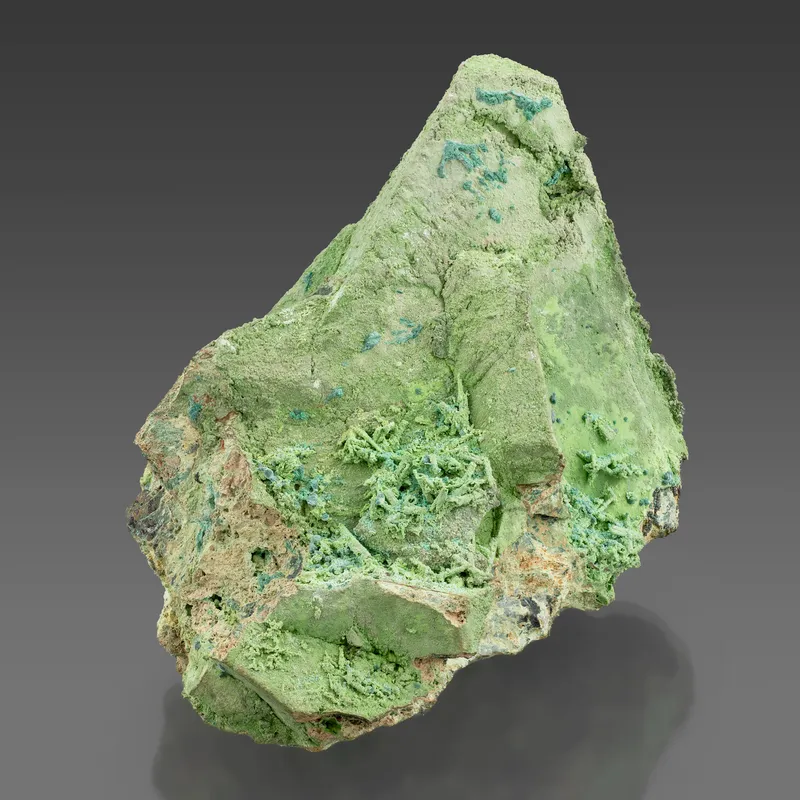
Image Credit: Malcolm Southwood
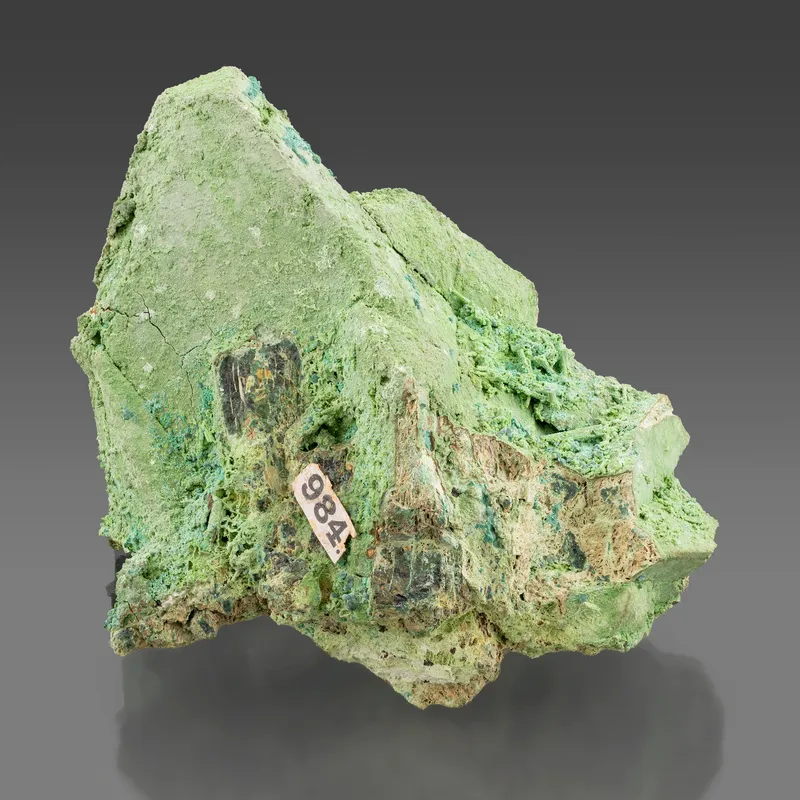
Image Credit: Malcolm Southwood
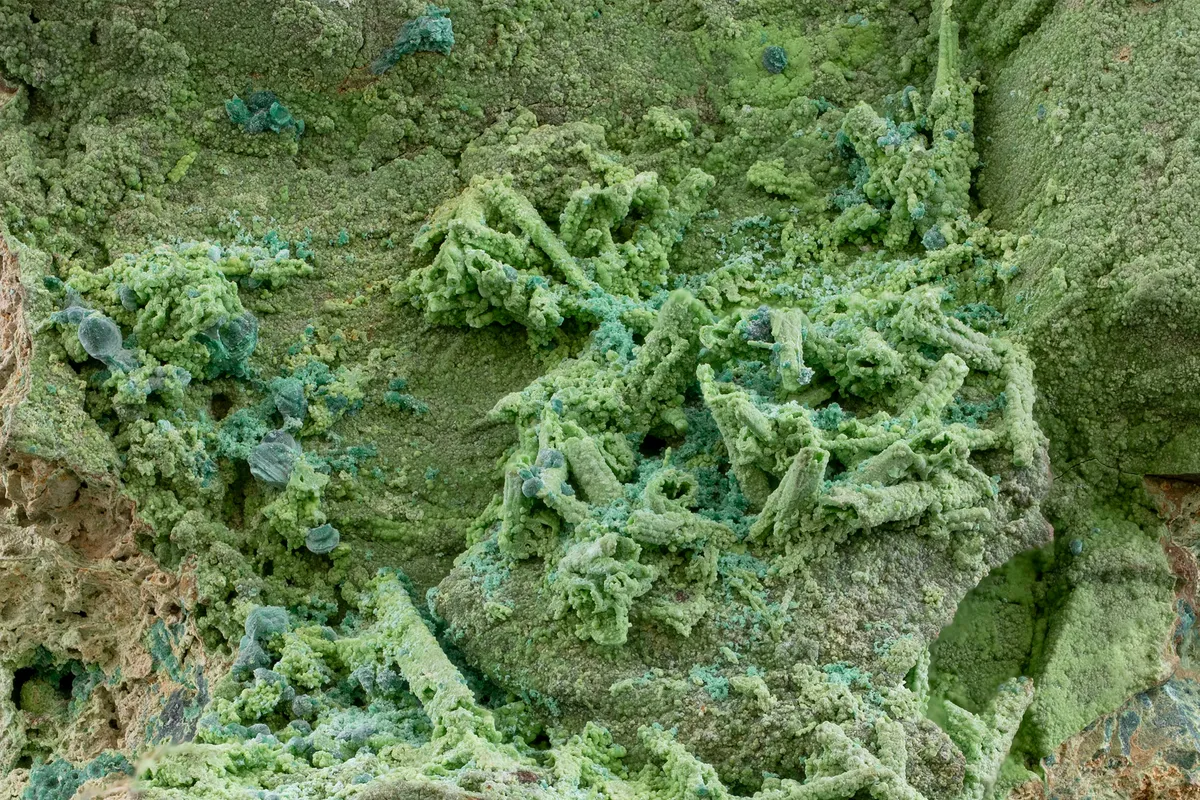
Image Credit: Malcolm Southwood
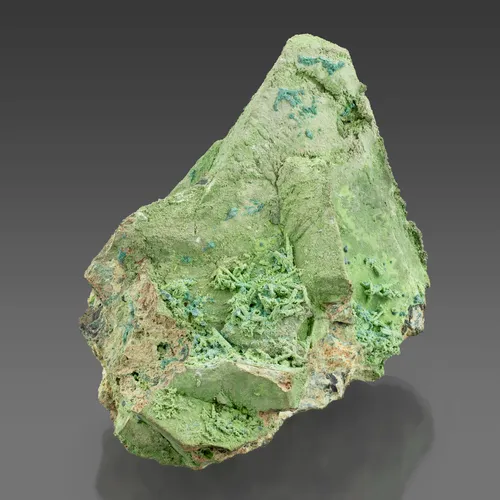
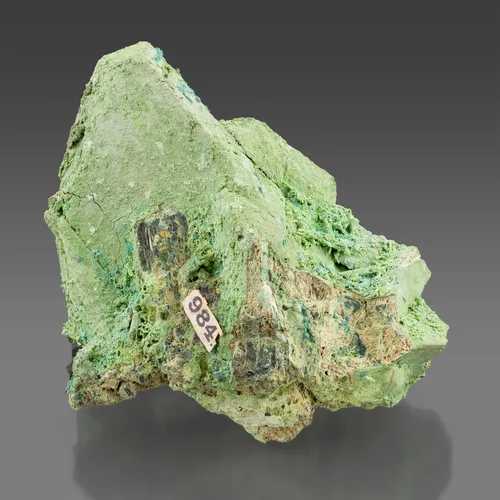

Specimen Title
Conichalcite after tennantite-(Zn)
Associated Minerals
austinite (?); conichalcite; duftite; malachite
Principal Mineral
Precursor Mineral
Size
Cabinet; 68mm
Location in the Mine
First oxidation zone; 5 Level (?)
Provenance
Klein, W.
Collection
MGMH; 127277
Entry Number
Specimen; TSNB757
Associated Minerals
austinite (?); conichalcite; duftite; malachite
Description
Intergrown tetrahedral crystals (to 45 mm) of tennantite-(Zn), largely – perhaps completely – pseudomorphed by conichalcite (XRD; Paul Carr, University of Wollongong, 2016).
Epimorphs of conichalcite after mimetite crystals (to 7 mm) are present on some surfaces of the tennantite pseudomorph. Preliminary EDS analyses indicates that conichalcite is the dominant replacing mineral, with accessory duftite and probably austinite (?) (Martin Števko, Slovak Academy of Sciences, Bratislava, Slovakia). Sub-mm spherules of malachite are also present on the tennantite surfaces, generally in association with the epimorphs after mimetite (Exhibit 3).
The specimen was number 984 in the collection of Wilhelm Klein, production manager at Tsumeb between 1916 and 1939. He catalogued it as "pseudomorphose [nach fahlerz]" [pseudomorph after tennantite] without giving a name to the replacing mineral. His catalogue attributes the specimen to 5 Level, but with some uncertainty indicated by a question mark.
